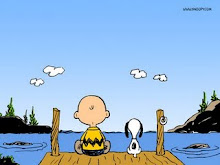Conspirator

- Brian
- I went out there in search of experience To taste and to touch and to feel as much As a man can before he repents.
 |
| Credit: Declan McAleese
http://www.flickr.com/photos/djmcaleese/
Mount Scott towering over western Oklahoma.
|
"...[T]he British pushed on, fighting a series of skirmishes that climaxed in a two-month siege at Gyantse, where they endured tens of casualties while inflicting on the Tibetans some five thousand. With such a ratio of suffering, it is not surprising that the British generals had come by 1914 to view war as something glorious."Into the Silence is a long book; you won't read it in a week (unless that's all you have to do), but it is a book well-worth reading. As far as I know, there is no other published book like it. It provides the facts, it tells the story, but these are not allowed to simply exist in a moral vacuum of ambiguity. Both facts and story are held accountable and, thus, Into the Silence presents the reader not only with a good adventure story and a thorough history, but a troubling moral dilemma upon which readers will continue to ponder long after the book is closed and shelved.
